If any
side dish is going to upstage the main, it’s scalloped potatoes. A pan of these creamy spuds has the potential to be the most delicious thing on the table. But it can also be one of the most disappointing. Too watery, too mushy, or tasting just plain flat: there are so many ways to get this classic side wrong.
When I was developing Delish’s ultimate scalloped potatoes recipe, I went through pounds and pounds of potatoes and made a lot of mistakes, but I learned A LOT. Here’s how to make sure your holiday scalloped potatoes outshine the ham:
1: Choose The Right Spud
There are over 200 varieties of potatoes in the U.S., but the three main types we see are floury/starchy (such as Russets), waxy (such as red potatoes), and all-purpose (such as Yukon Gold). Each type brings radically different characteristics to the scalloped potato party, so choosing the right one is crucial.
According to Delish food director Robert Seixas, floury potatoes “have more starch,” which can help to thicken and bind sauces (such as the creamy sauce in a scalloped potato). Waxy potatoes, on the other hand, have less starch and “more moisture,” which results in a “denser” creamy texture, but also means they don’t meld together as well in a casserole. All-purpose potatoes, as the name might suggest, sit squarely between the other two types, offering moderate starchiness and a more buttery texture, making them the perfect option for scalloped potatoes.
“I use Yukon Golds for everything,” Seixas said. After testing with them, I can see why. The buttery texture of the Yukon Golds melded perfectly with the rich sauce, lending a creaminess of its own that infused the entire dish with richness.
It’s also important to prep your potatoes with care. Slice them evenly to ensure an even cook; otherwise you risk ending up with some slices that are perfectly cooked while others are still… un-done-te. And make sure the slices are thin (like 1/8th of an inch), so they can stick together and join into that glorious cream sauce. Speaking of which…
2: Don’t Skip The Steep
Every star needs a good back-up singer, and these potatoes would be nothing without the cream sauce that surrounds them, infusing them with richness and flavor. Some recipes will suggest sautéing chopped onions and garlic to add to the sauce, along with ground spices. While this imparts flavor, it also adds weird little chunks and bits to the sauce, taking away from the luxurious texture. If you want to make the ultimate scalloped potatoes, the best way to add that flavor is to infuse it into the cream-milk mixture.
If this sounds complicated, it’s actually really simple. Combine the cream-milk mixture with the aromatics (halved shallots, smashed garlic, whole peppercorns) in a small pot, bring it to a simmer, then cut the heat, cover the pan, and let everything hang out for 30 minutes before straining out.
During that 30-minute steep, Seixas says that “the heat activates the aromatics,” and infuses their flavor into the cream. Those flavors will remain, even after you strain out their source. It’s an extra step, but if you want a sauce for your scalloped potatoes that’s both beautifully smooth and deeply flavored, it’s the only way to go.
3: Kick-Start Cooking on the Stove
The next key to scalloped potato perfection is how you combine the potatoes with the infused cream. This might seem like an obvious step: just layer them together in a pan and bake until the potatoes are tender and the sauce is bubbling. Well… yes. But there’s another important step that you won’t want to leave out.
The key to getting the potatoes and sauce to meld together into that cohesive creamy dish is to simmer them together on the stove until the potatoes are just barely tender before starting to bake them. In addition to jump-starting the cooking (and cutting down on the oven time), this simmering step also draws the starch out of the potatoes and into the cream, creating a thicker, richer sauce that will coat the potatoes more completely. Sound crazy? I thought so—until I tried it.
4: Add a Smidge of Cheese
Okay, so scalloped potatoes don’t traditionally have cheese (that’s one of the things that differentiates them from potatoes gratin). But in testing, I found that a bit of shredded parmesan sprinkled between the potato layers provided the perfect finishing touch, amping up all the other flavors with its salty umami. And speaking of final touches:
Just before serving, shower that creamy golden-brown casserole with freshly sliced chives. The chives will add freshness to contrast with the deep richness of the dish, as well as a pop of color to brighten up the beige. Do the potatoes really need it? No. But if you’ve just made the best scalloped potatoes of your life, you want them to truly look the part.



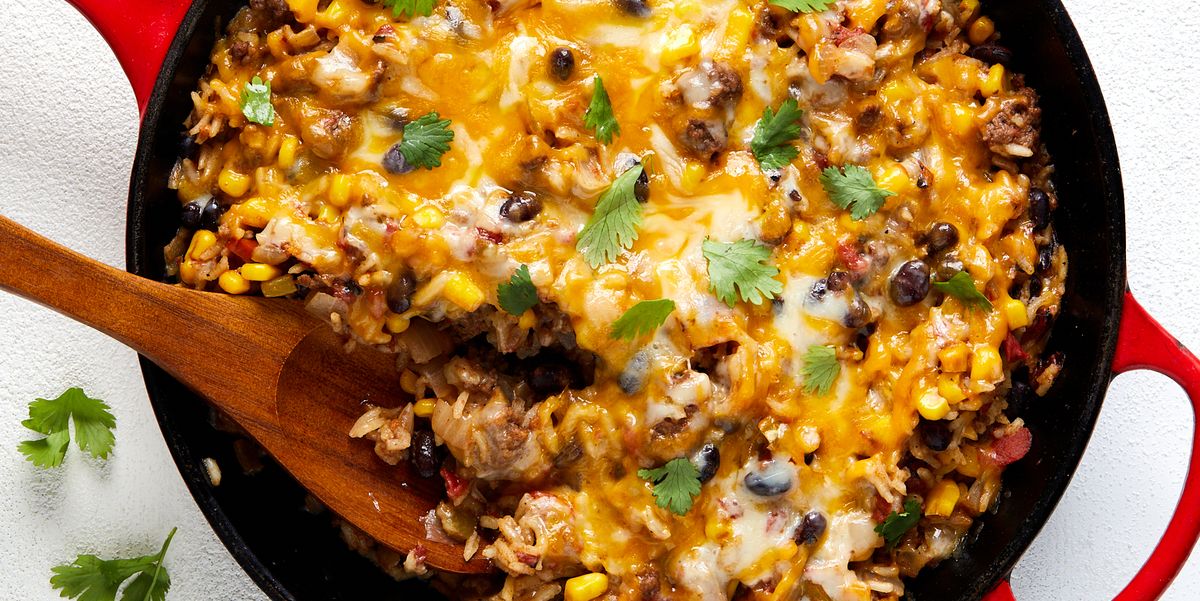
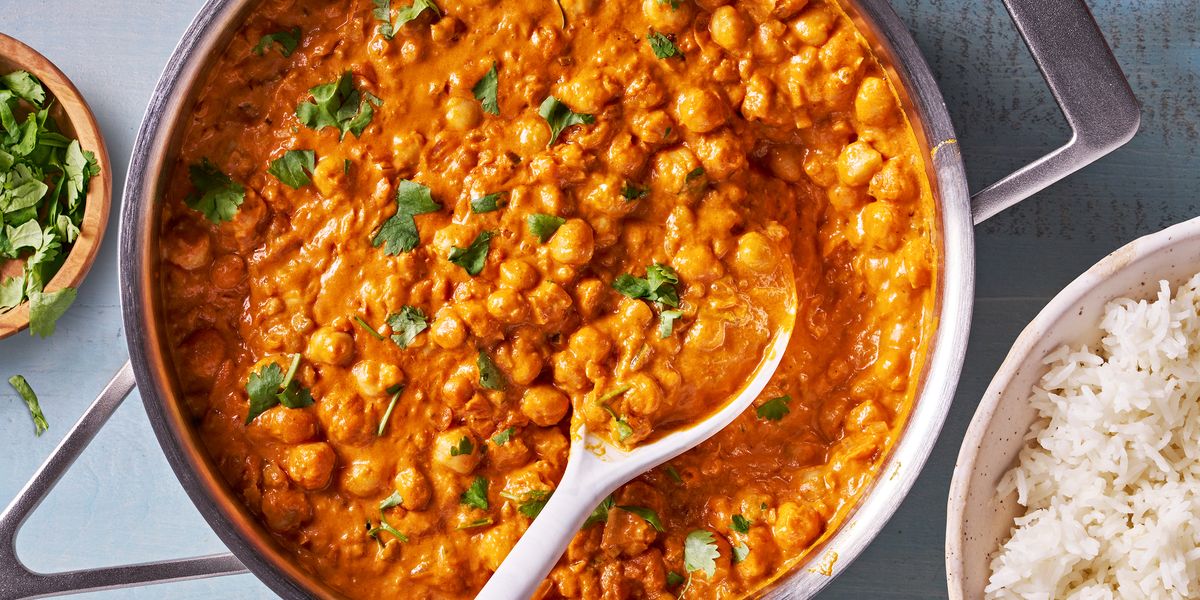
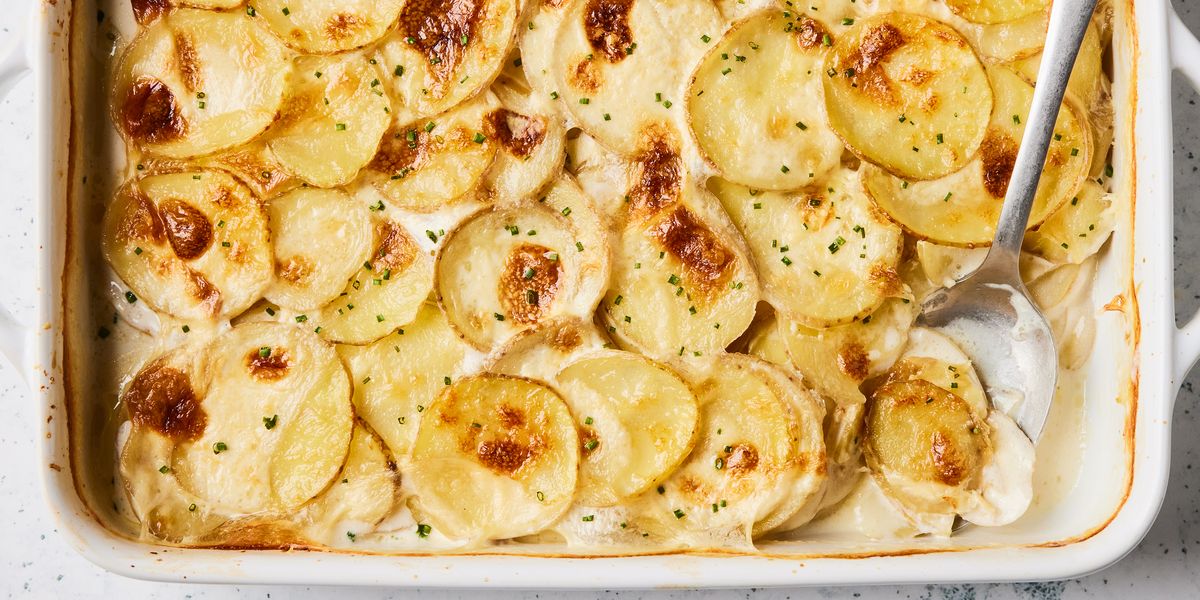




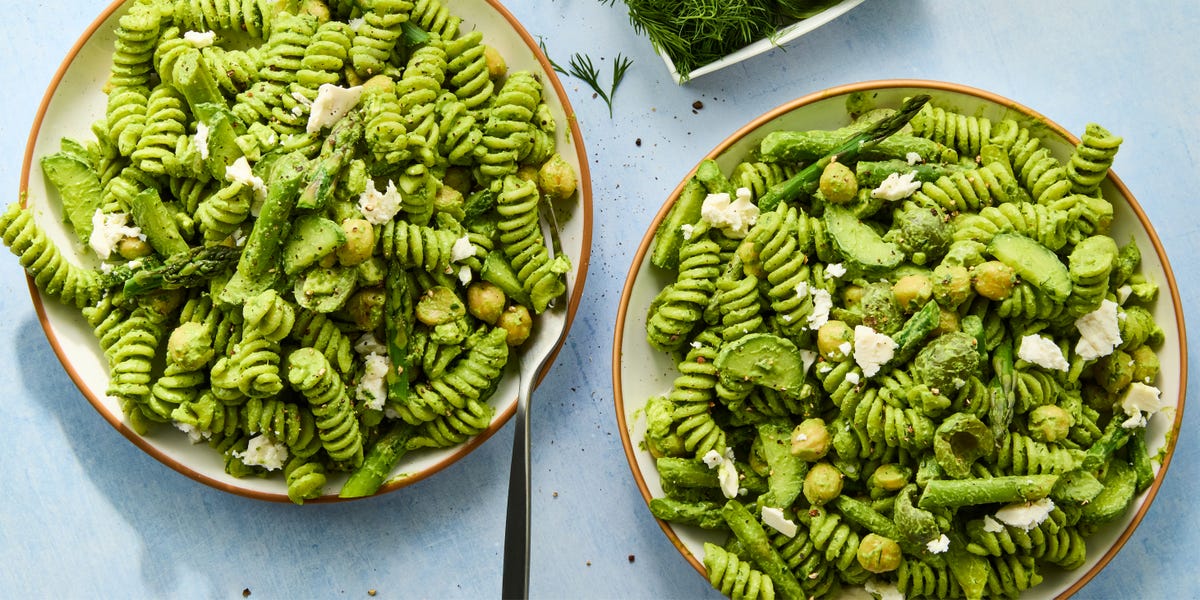


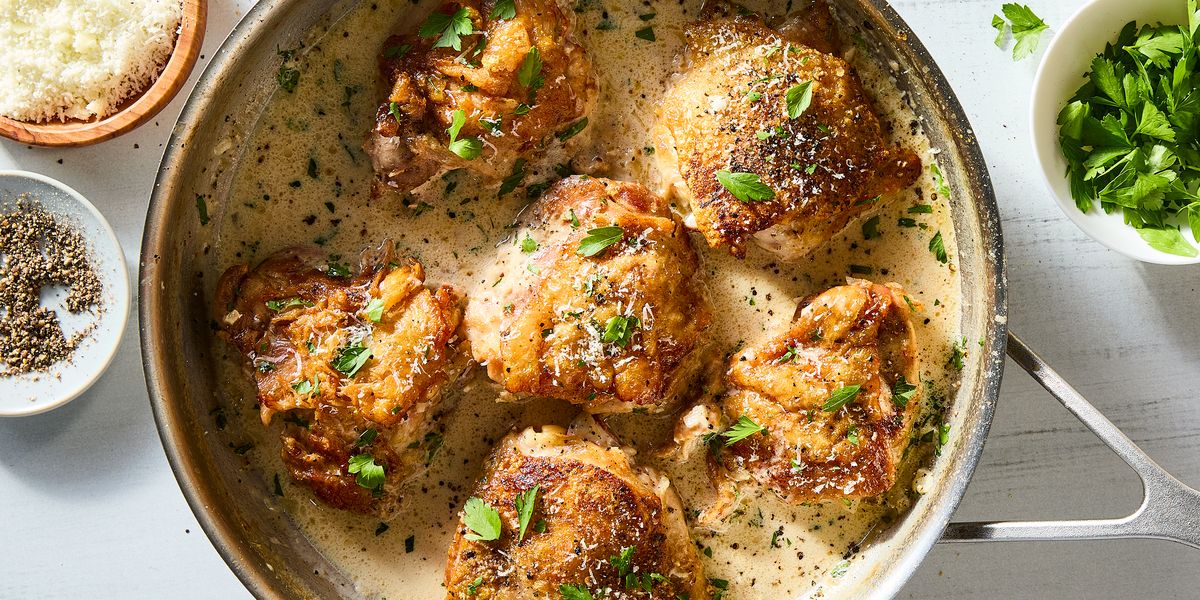





Leave a Reply